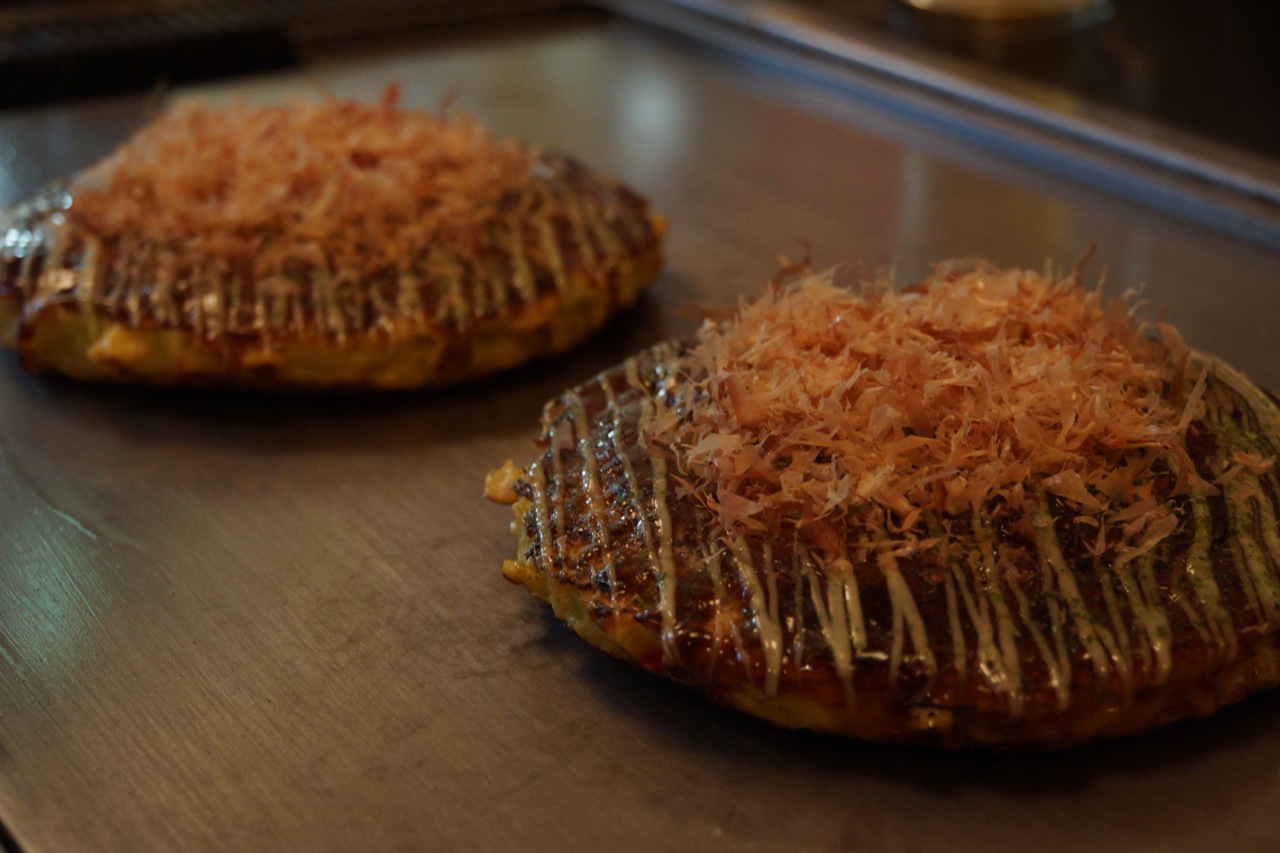
As much as we at RocketNews24 love talking about Japanese food and introducing our readers to new places to eat or our own crazy culinary creations, we appreciate that for many, popping over to Tokyo or Osaka for a week of washoku dining bliss simply isn’t on the cards. But thankfully, great Japanese food can be found all over the world – if you know where to look!
For those of you to whom New York is a heck of a lot closer than Tokyo, Susan Miyagi Hamaker, one of our friends from JapanCulture•NYC, has prepared a fantastic list of 12 authentic Japanese foods that are available within the city, even sharing some tips on which restaurants to check out if you’re in town. Yup, the real just got that little bit closer!
Known as washoku – “wa” meaning “harmony” and “shoku” meaning “food” – traditional Japanese cuisine was just named an Intangible Cultural Heritage by UNESCO. The honor is well deserved because there’s no cuisine like Japanese cuisine, and there’s no place like Japan to enjoy it. Seasonal ingredients and exquisite presentation combine with the power of umami to create an unforgettable dining experience. This is true of any meal in Japan, from comfort food to the finest kaiseki ryori.
On our most recent trip to Japan, we enjoyed a variety of dishes, sampling a culinary treasure trove throughout the country. If a 13-hour flight to Tokyo isn’t in your immediate plans, or if you’ve been to Japan this year and miss the food, there are several places in New York City where you can find washoku.
Here’s a look at some of the food we ate while on vacation in Japan.
- 1. TAKOYAKI
Thanks to the super-fabulous Japan Rail Pass, we took the Shinkansen (bullet train) from Tokyo to Osaka for a day of eating. (Check out our Tumblr story here.) One of our favorite Osaka treats is takoyaki.
What is takoyaki?
Spheres of grilled dough filled with bits of octopus and topped with mayonnaise, tare (thick sauce), aonori (green seaweed), and bonito flakes.
Where can you find takoyaki in NYC?
- Otafuku – 236 E. 9th Street
- Okadaman Food Truck – E. 48th Street and Park Avenue
- Mimi and Coco – 92 Rivington Street (between Orchard and Ludlow)
If octopus bits aren’t for you, then give Mimi and Coco a try. They’ve “Westernized” their menu to appeal to New Yorkers’ tastes by substituting octopus with shrimp, sausage, and country potato. In addition to their restaurant, which opened this summer, Mimi and Coco are at practically every street fair in the city.
- 2. OKONOMIYAKI
It’s not a trip to Osaka unless you have okonomiyaki. Fortunately for us, we can have this classic a bit closer to home.
What is okonomiyaki?
Meaning “what you like” and “grilled,” okonomiyaki is a savory pancake filled with goodies such as cabbage, scallions, octopus or other seafood and pork belly, and is topped with mayonnaise, tare, aonori, and bonito flakes. There are two basic styles of okonomiyaki, Osaka and Hiroshima. The difference is Hiroshima style generally includes yakisoba and a fried egg. Both styles are wonderful.
Where can you find okonomiyaki in NYC?
- Otafuku – 236 E. 9th Street
- Okadaman Food Truck – E. 48th Street and Park Avenue
- Oconomi – Street fairs such as Japan Block Fair and LIC Flea
You can find Okonomiyaki Queen Kazuko Nagao of Oconomi at street fairs all over New York, cooking her beloved savory Japanese pancake. - Various izakayas, including Restaurant Riki (141 E. 45th Street between 3rd Avenue and Lexington), which serves a cheese okonomiyaki that is simply gorgeous.
- 3. GYOZA
Part of our Osaka lunch fest included a visit to Osaka Ohsho, the most famous gyoza restaurant in Japan. Established in 1969, Osaka Ohsho, the “King of Gyoza in Osaka,” specializes in gyoza and has grown into a chain throughout Japan and other parts of Asia.
What is gyoza?
Originally from China, gyoza – also called dumplings or pot stickers – are meat or vegetable filling inside thin wonton wrappers. The Japanese version of gyoza is pan fried rather than steamed or boiled.
Where can you find gyoza in NYC?
- Ramen restaurants – I’ve heard Ganso (25 Bond Street, Brooklyn) has the best gyoza in town.
- Izakayas all over the city.
- 4. YAKITORI
One of our favorite places to eat in Japan is Tengu, an izakaya chain. Tengu serves typical bar fare, including yakitori.
What is yakitori?
“Yakitori” literally means “grilled chicken,” but it encompasses a variety of skewered food. Every part of the chicken is used from cuts of meat to organs. I’m particularly fond of bonjiri (chicken butt) and kawa(skin). Yakitori also comes in the form of vegetables, including my personal favorite, asparagus wrapped in bacon.
Where can you find yakitori in NYC?
- Tori Shin – 1193 First Avenue (between 64th and 65th Streets)
Hands down the best yakitori place in the city, Tori Shin earned its third consecutive Michelin Star. Executive Chef Atsushi Kono appears in our video about this year’s New York Mutual Trading Japanese Food and Restaurant Expo. - Izakayas, especially Village Yokocho (8 Stuyvesant Street) and Izakaya Ten (207 Tenth Avenue)
- 5. KUSHIAGE
I love the kanji for kushi because it represents what it is: 串.
What is kushiage?
Like yakitori, kushiage is skewered food, but these skewers of meat, seafood, vegetables, and even cheese are breaded and deep-fried.
Where can you find kushiage in NYC?
- Village Yokocho – 8 Stuyvesant Street
It’s fantastic. Take our word for it.
- 6. RAMEN
Of course! Can’t write a story about Japanese food without mentioning ramen.
What is ramen?
Ramen is a soup dish containing wheat noodles served in a flavored broth that is usually based in pork, miso, soy sauce, or chicken. But you already knew that, unless you’ve never eaten Japanese food or read anything about New York City’s love affair with ramen. There’s not enough space in this article to discuss the myriad types of ramen or the overwhelming number of ramen shops in the city. Instead, let’s focus on a style that we tried for the first time this year: Sapporo.
Where can you find Sapporo-style ramen in NYC?
- It’s only natural that a ramen shop named Sapporo would serve Sapporo-style ramen – 152 W. 49th Street
- 7. UDON
During our recent trip to Japan, a friend took us to Tsurutontan, a delightful udon restaurant in Tokyo. If you’re over New York’s ramen craze, but you still want noodles, try udon.
What is udon?
Udon is a dish made of wheat flour noodles, which are thicker than the noodles you enjoy in ramen. The basic broth is simply flavored with dashi (soup stock), soy sauce, and mirin (rice wine for cooking). Like ramen, udon styles and toppings are varied and plentiful.
Where can you find udon in NYC?
Image: Globetrotter Diaries
- 8. SOBA
Kurosawa Soba in the Akasaka district of Tokyo is a restaurant that pays tribute to Akira Kurosawa, one of Japan’s most beloved filmmakers. It also serves sublime soba, of which the director of Seven Samurai,Ran, and High and Low was an aficionado.
What is soba?
Soba is yet another type of noodle, but this one is made of buckwheat. These thin noodles are served either hot in a broth or chilled in a dipping sauce.
Where can you find soba in NYC?
- Soba-ya – 229 E. 9th Street
- Soba Koh – 309 E. 5th Street
- Soba Totto – 211 E. 43rd Street
- Soba Nippon – 19 W. 52nd Street
- Cocoron – 61 Delancey Street
- 9. SANDOS
Sandwiches? Sure! Yes, it seems a bit odd to mention sandwiches as Japanese cuisine, but if you’ve ever had a sandwich (or sando, as they’re called) in Japan, you’ll know why we had to include it in this list.
What is a Japanese sando?
The most common types of sandos in Japan are katsu (pork cutlet), ham and egg, egg salad, and potato salad. A Japanese sando will make you love white bread again – plus, they always cut off the crusts! Here’s a comprehensive list about Japanese sandos by Makiko Itoh of JustBento.com.
Where can you find sandos in NYC?
- Panya – 8-10 Stuyvesant Street
- Dainobu – 129 E. 47th Street and 36 W. 56th Street
- 10. EKIBEN
One of the best things about Japan is its Shinkansen, and one of the best things about riding the Shinkansen is the ekiben.
What is ekiben?
Ekiben is a bento box that passengers purchase at train stations – eki means station, ben is short for bento – and enjoy on the Shinkansen. Ekiben generally contain regional specialties, which makes traveling to different areas of Japan a culinary delight.
Where can you find ekiben in NYC?
- Unfortunately, the concept of the station bento hasn’t reached our area. Wouldn’t it be great to purchase an ekiben at Penn Station before you board the Acela to Boston or DC? Sigh. Until Penn Station and Grand Central figure out how to accomplish that, we still have regular bento here in New York. Check out “5 Great Bento Places in New York,” and read the comments for two more suggestions from readers.
- 11. HAMBURG STEAK
Our ritual when leaving Japan to return to New York is to have hamburg steak at Fujiya restaurant in Narita Airport.
What is hamburg steak?
Japanese hamburg steak is a lot like Salisbury steak. It’s a grilled hamburger patty mixed with eggs and panko and topped with a demi-glace sauce and mushrooms.
Where can you find hamburg steak in NYC?
- Hiroko’s Place – 75 Thompson Street (between Spring and Broome Streets)
- “5 Great Bento Places in New York”
- Most izakayas
- 12. OMU-RICE
You can find fantastic restaurants hidden in the underground shopping areas of large train stations throughout Japan. It was in one such place in Tokyo that we found an omu-rice specialty place that we won’t soon forget.
What is omu-rice?
Short for “omelet rice,” omu-rice is a somewhat deceiving name to Westerners. The Japanese don’t put cheese in their omelets. Instead, they put rice. Omu-rice is a comfort food dish that consists of rice (sometimes flavored with ketchup or other goodies) wrapped by a layer of egg.
Where can you find omu-rice in NYC?
- Hiroko’s Place – 75 Thompson Street (between Spring and Broome Streets)
- Hi-Collar – 214 E. 10th Street (between 1st and 2nd Avenues)
As you know, this list barely scratches the surface of Japanese cuisine. We didn’t mention sushi, curry, hot pots, tempura, yakisoba, shabu shabu, yakiniku, kaiseki ryori, shojin ryori, onigiri, oden . . . It’s practically endless. And you can enjoy all of it in New York. Itadakimasu!
Originally published on JapanCulture•NYC

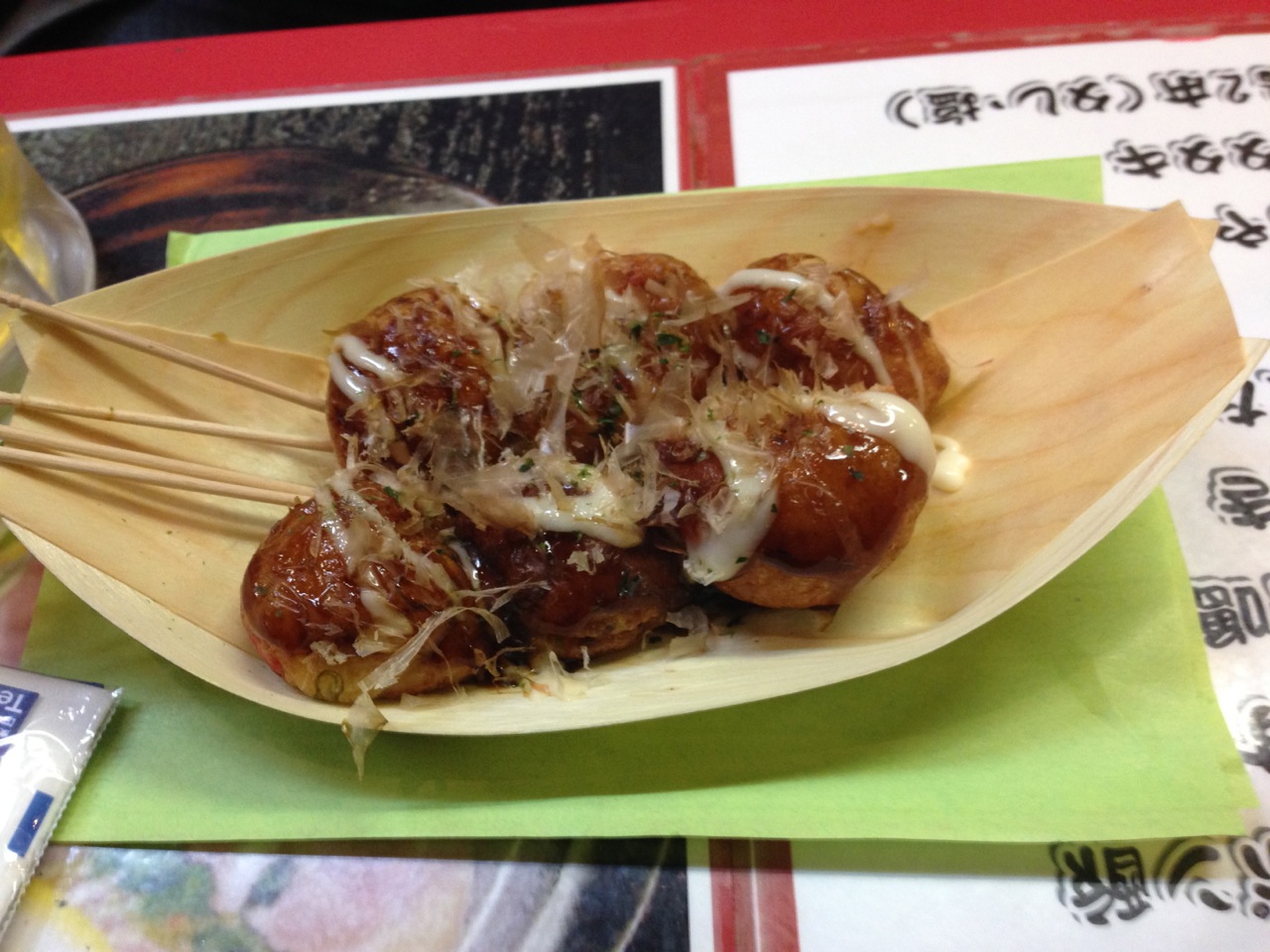
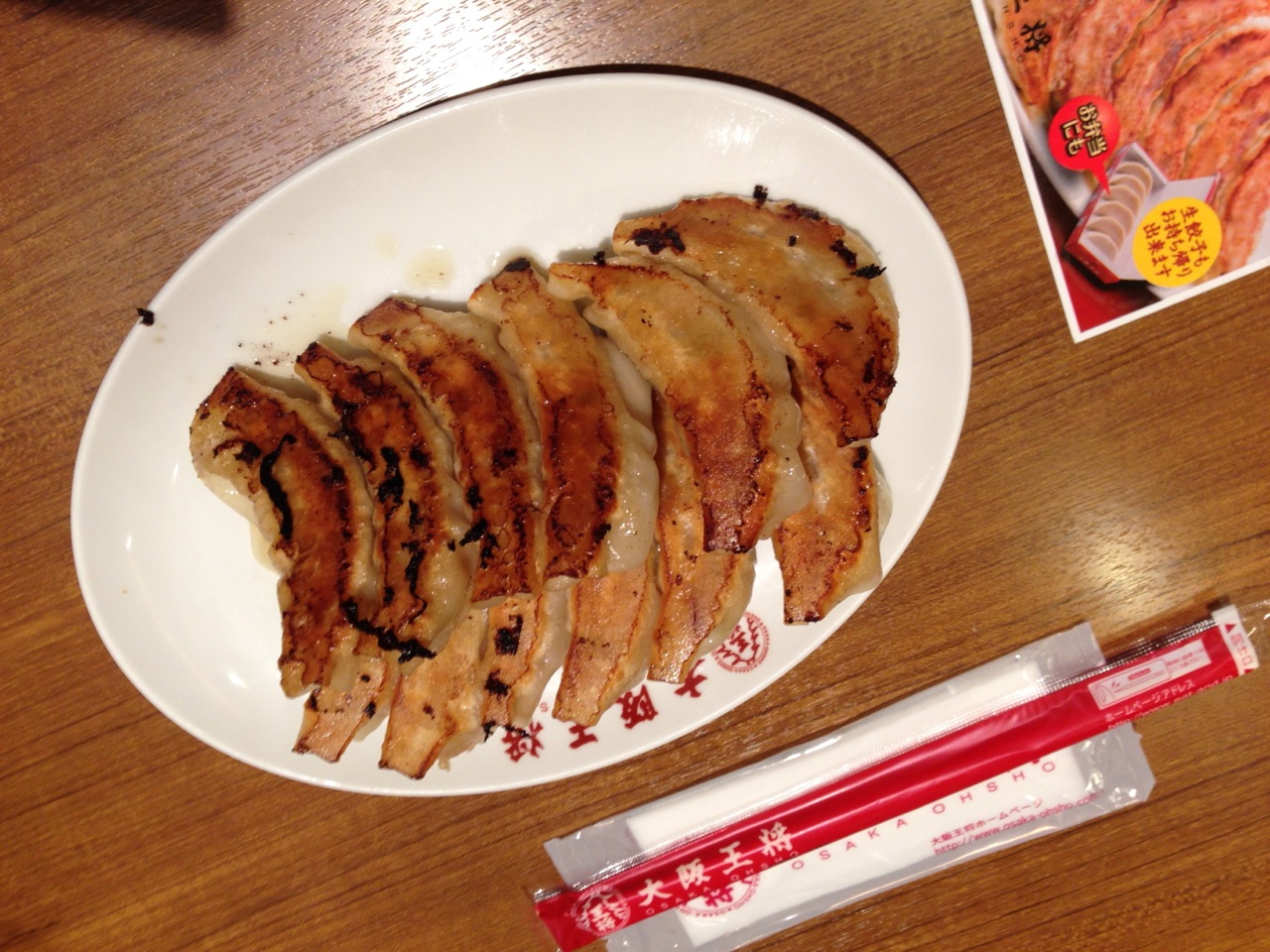
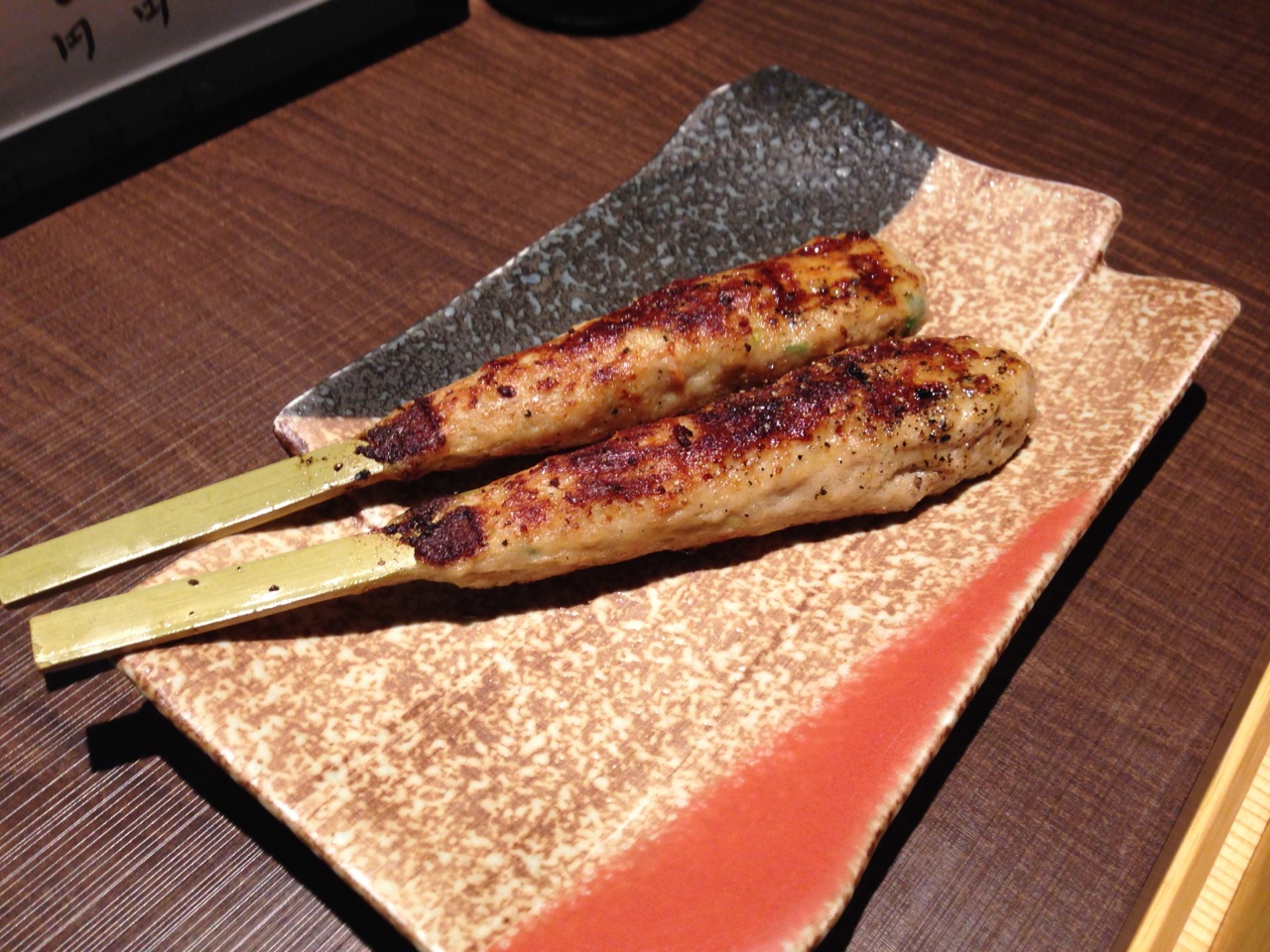
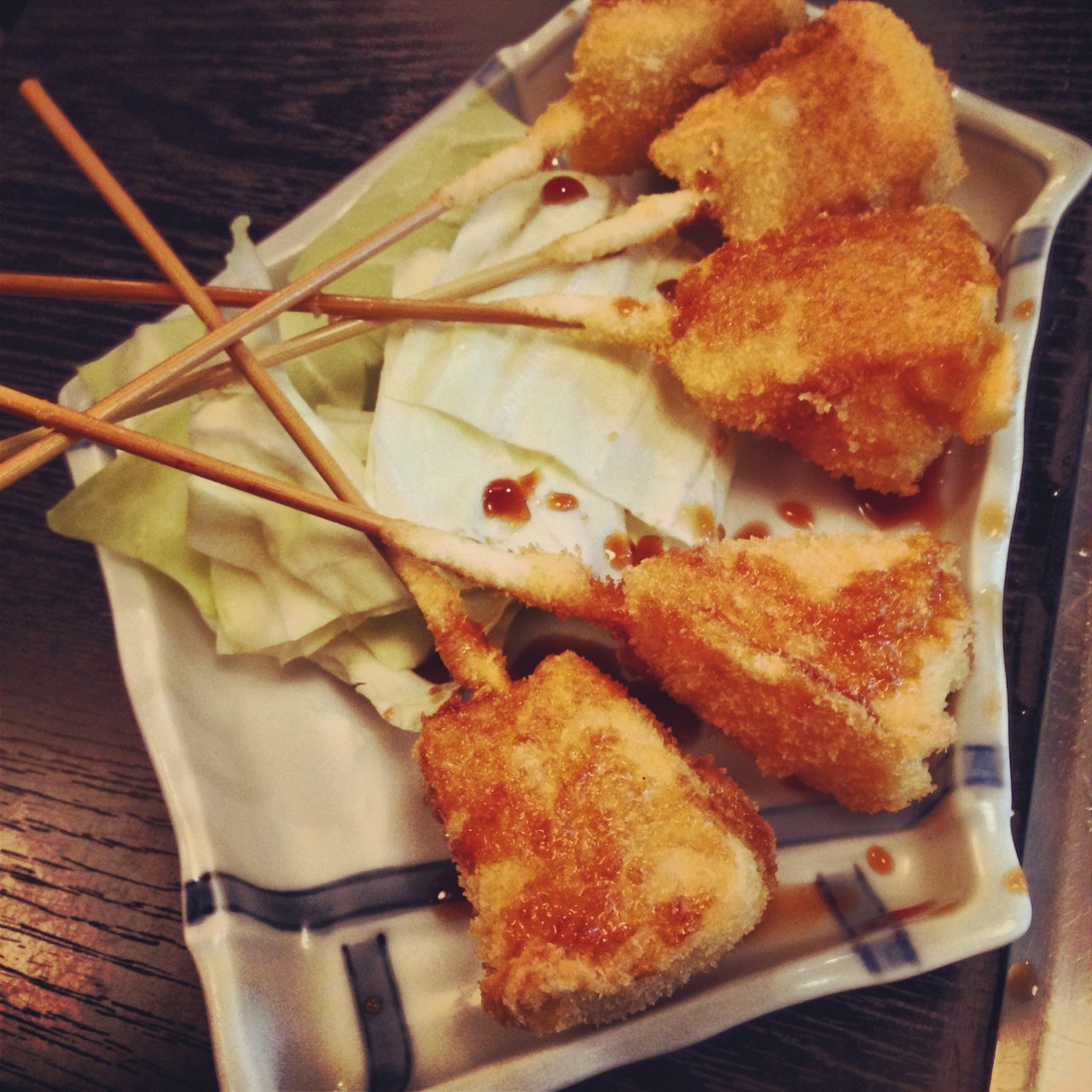
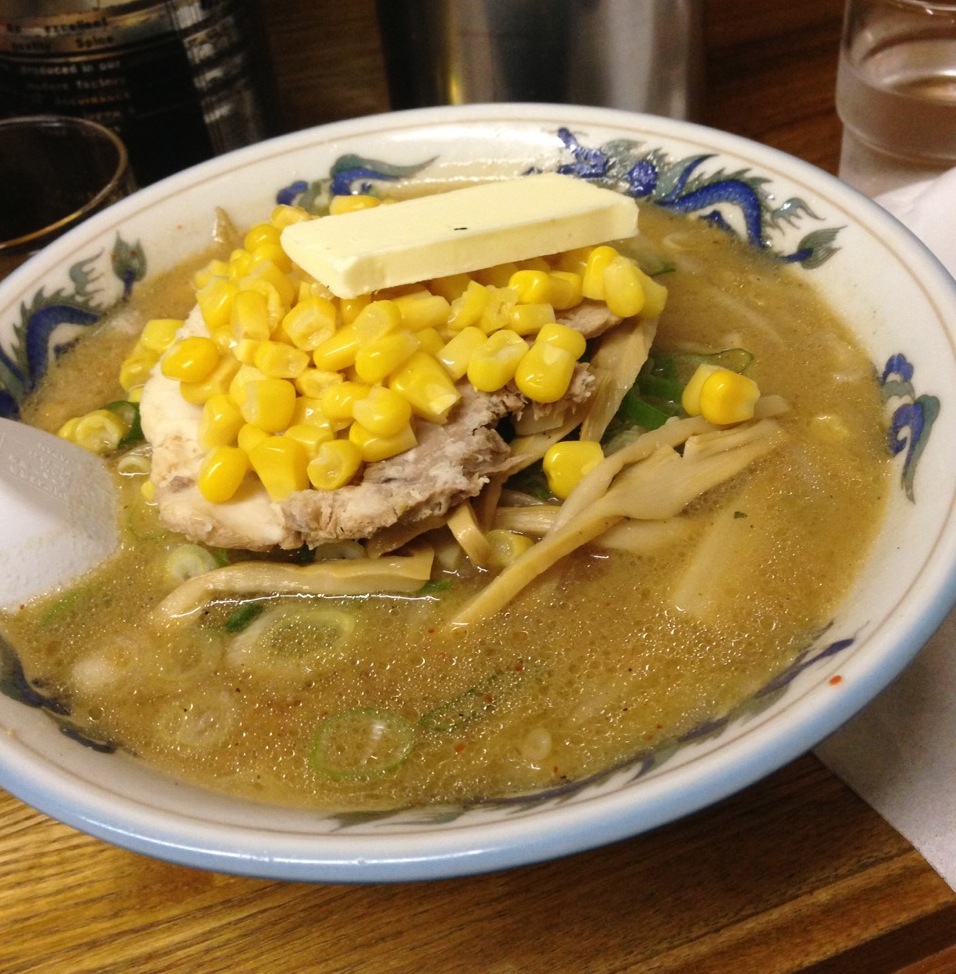
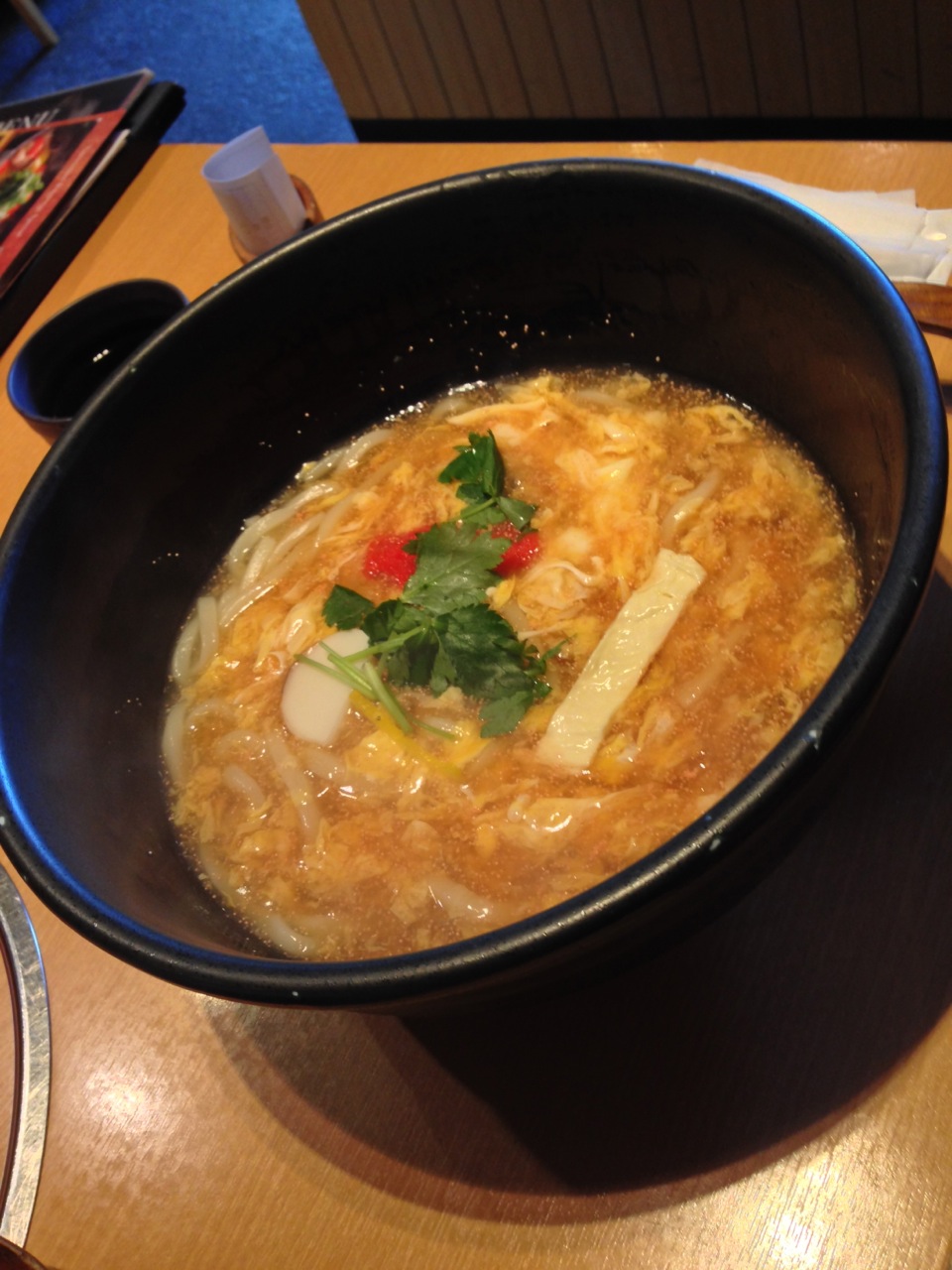
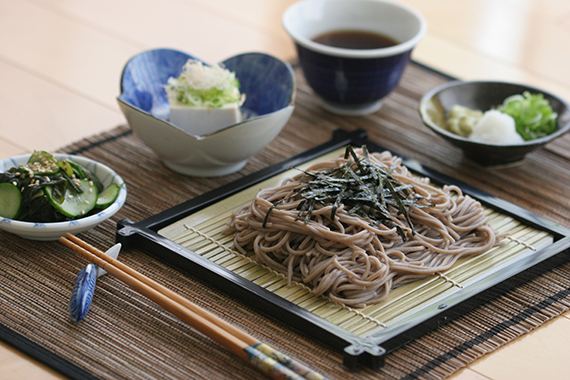
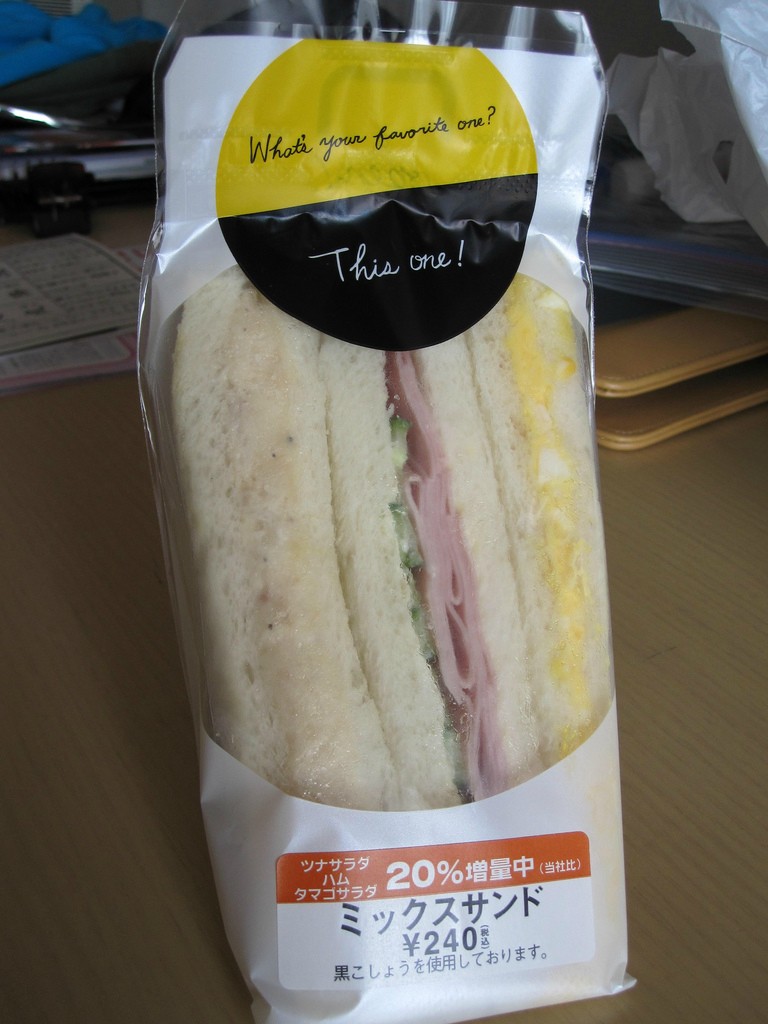
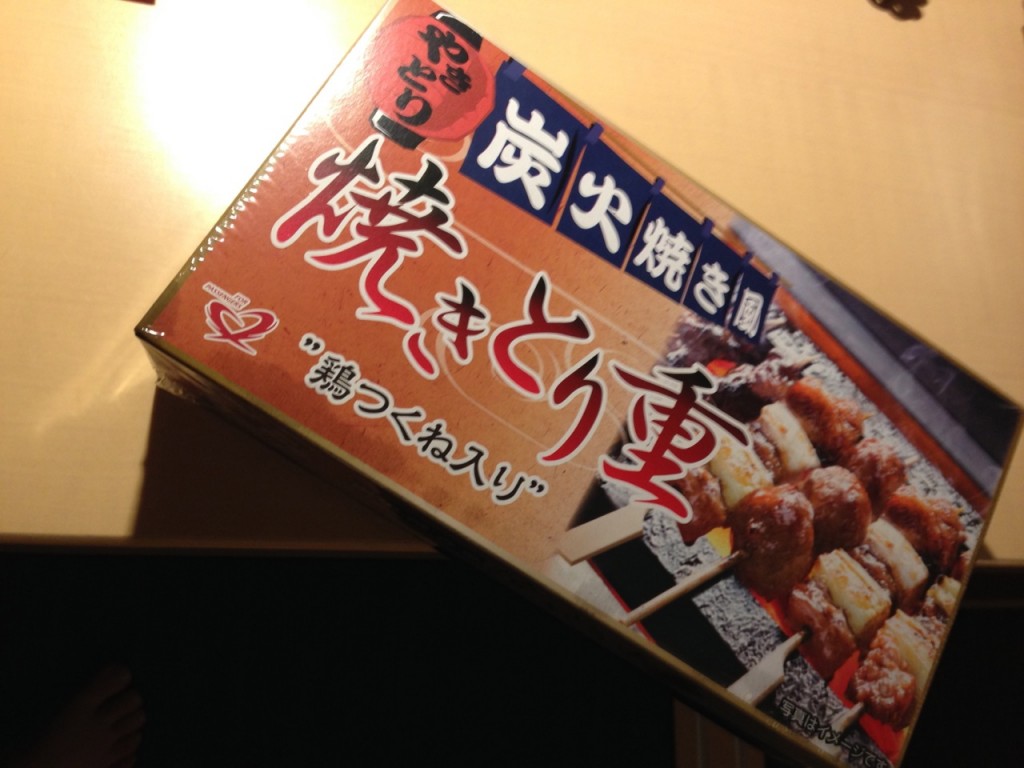
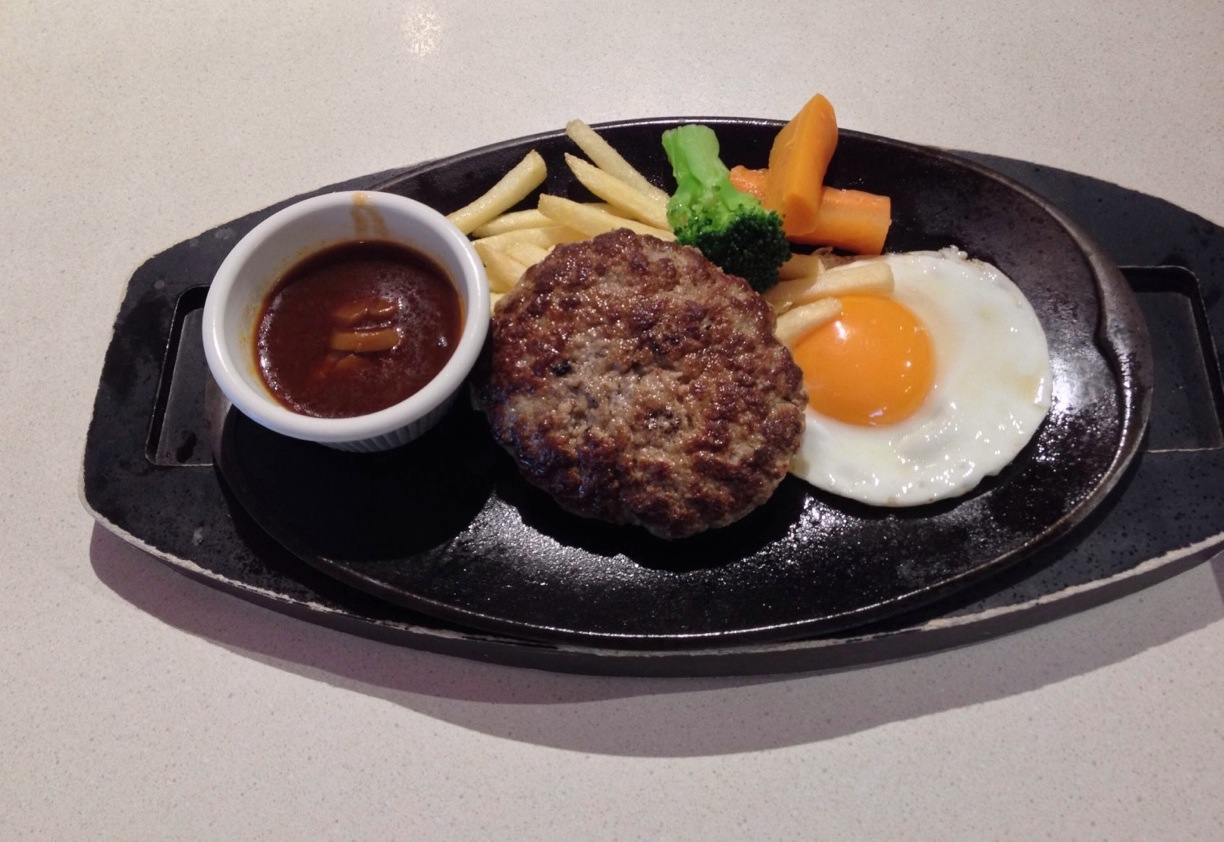
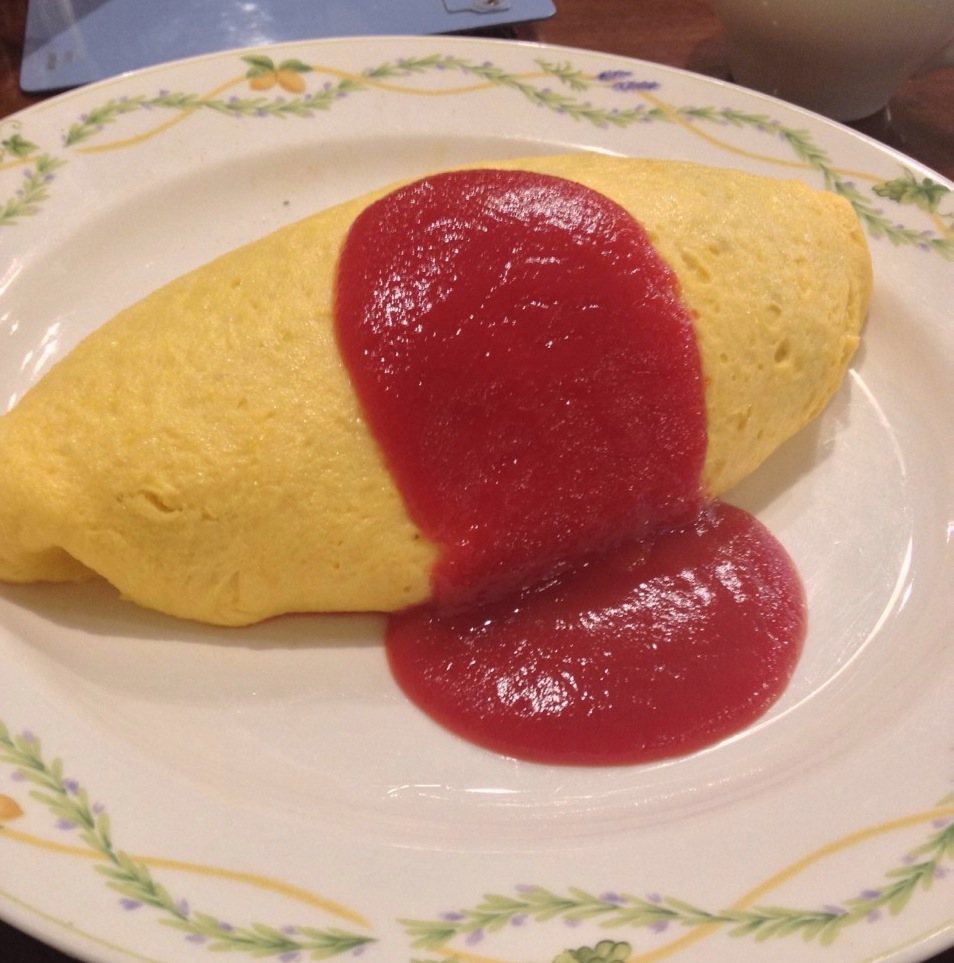
 Gyoza Hot Dog: Japan’s new must-try local street food
Gyoza Hot Dog: Japan’s new must-try local street food 3 unusual gyoza creations from Tochigi Prefecture, the Japanese capital of dumplings 【Taste Test】
3 unusual gyoza creations from Tochigi Prefecture, the Japanese capital of dumplings 【Taste Test】 Who made the tastiest gyoza in 2021? We decide on our favourite pot stickers
Who made the tastiest gyoza in 2021? We decide on our favourite pot stickers Hungry and on the go? Top 10 ranking of ekiben at Tokyo’s Shinagawa Station
Hungry and on the go? Top 10 ranking of ekiben at Tokyo’s Shinagawa Station “No boys allowed” New Japanese cafe caters exclusively to female otaku (and there’s a nerd test)
“No boys allowed” New Japanese cafe caters exclusively to female otaku (and there’s a nerd test) McDonald’s new Happy Meals offer up cute and practical Sanrio lifestyle goods
McDonald’s new Happy Meals offer up cute and practical Sanrio lifestyle goods All-you-can-drink Starbucks and amazing views part of Tokyo’s new 170 meter-high sky lounge
All-you-can-drink Starbucks and amazing views part of Tokyo’s new 170 meter-high sky lounge Studio Ghibli glasses cases let anime characters keep an eye on your spectacles
Studio Ghibli glasses cases let anime characters keep an eye on your spectacles More foreign tourists than ever before in history visited Japan last month
More foreign tourists than ever before in history visited Japan last month Kyoto’s 100 Demons yokai monster parade returns!
Kyoto’s 100 Demons yokai monster parade returns! Starbucks reopens at Shibuya Scramble Crossing with new look and design concept
Starbucks reopens at Shibuya Scramble Crossing with new look and design concept Beautiful Sailor Moon manhole cover coasters being given out for free by Tokyo tourist center
Beautiful Sailor Moon manhole cover coasters being given out for free by Tokyo tourist center Super Nintendo World expansion gets delayed for several months at Universal Studios Japan
Super Nintendo World expansion gets delayed for several months at Universal Studios Japan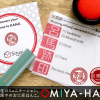 Dodge the biggest problem of giving yourself a kanji name with these for-foreigner personal seals
Dodge the biggest problem of giving yourself a kanji name with these for-foreigner personal seals A visit to the best UFO catcher arcade in the universe!
A visit to the best UFO catcher arcade in the universe! Disney princesses get official manga makeovers for Manga Princess Cafe opening in Tokyo
Disney princesses get official manga makeovers for Manga Princess Cafe opening in Tokyo Beautiful new Final Fantasy T-shirt collection on the way from Uniqlo【Photos】
Beautiful new Final Fantasy T-shirt collection on the way from Uniqlo【Photos】 Is the new Shinkansen Train Desk ticket worth it?
Is the new Shinkansen Train Desk ticket worth it? Foreign English teachers in Japan pick their favorite Japanese-language phrases【Survey】
Foreign English teachers in Japan pick their favorite Japanese-language phrases【Survey】 Japanese convenience store packs a whole bento into an onigiri rice ball
Japanese convenience store packs a whole bento into an onigiri rice ball We try out “Chan Ramen”, an underground type of ramen popular in the ramen community
We try out “Chan Ramen”, an underground type of ramen popular in the ramen community Studio Ghibli releases Kiki’s Delivery Service chocolate cake pouches in Japan
Studio Ghibli releases Kiki’s Delivery Service chocolate cake pouches in Japan Japan’s bone-breaking and record-breaking roller coaster is permanently shutting down
Japan’s bone-breaking and record-breaking roller coaster is permanently shutting down New definition of “Japanese whiskey” goes into effect to prevent fakes from fooling overseas buyers
New definition of “Japanese whiskey” goes into effect to prevent fakes from fooling overseas buyers Our Japanese reporter visits Costco in the U.S., finds super American and very Japanese things
Our Japanese reporter visits Costco in the U.S., finds super American and very Japanese things Studio Ghibli unveils Mother’s Day gift set that captures the love in My Neighbour Totoro
Studio Ghibli unveils Mother’s Day gift set that captures the love in My Neighbour Totoro Foreign passenger shoves conductor on one of the last full runs for Japan’s Thunderbird train
Foreign passenger shoves conductor on one of the last full runs for Japan’s Thunderbird train Domino’s Japan now sells…pizza ears?
Domino’s Japan now sells…pizza ears? New Japanese KitKat flavour stars Sanrio characters, including Hello Kitty
New Japanese KitKat flavour stars Sanrio characters, including Hello Kitty Kyoto creates new for-tourist buses to address overtourism with higher prices, faster rides
Kyoto creates new for-tourist buses to address overtourism with higher prices, faster rides Sales of Japan’s most convenient train ticket/shopping payment cards suspended indefinitely
Sales of Japan’s most convenient train ticket/shopping payment cards suspended indefinitely Sold-out Studio Ghibli desktop humidifiers are back so Totoro can help you through the dry season
Sold-out Studio Ghibli desktop humidifiers are back so Totoro can help you through the dry season Japanese government to make first change to romanization spelling rules since the 1950s
Japanese government to make first change to romanization spelling rules since the 1950s Ghibli founders Toshio Suzuki and Hayao Miyazaki contribute to Japanese whisky Totoro label design
Ghibli founders Toshio Suzuki and Hayao Miyazaki contribute to Japanese whisky Totoro label design Doraemon found buried at sea as scene from 1993 anime becomes real life【Photos】
Doraemon found buried at sea as scene from 1993 anime becomes real life【Photos】 Tokyo’s most famous Starbucks is closed
Tokyo’s most famous Starbucks is closed One Piece characters’ nationalities revealed, but fans have mixed opinions
One Piece characters’ nationalities revealed, but fans have mixed opinions We asked a Uniqlo employee what four things we should buy and their suggestions didn’t disappoint
We asked a Uniqlo employee what four things we should buy and their suggestions didn’t disappoint Princesses, fruits, and blacksmiths: Study reveals the 30 most unusual family names in Japan
Princesses, fruits, and blacksmiths: Study reveals the 30 most unusual family names in Japan Japan’s Top 7 alternative “Regional Burgers”
Japan’s Top 7 alternative “Regional Burgers” Model Nana Suzuki declared ‘The Best Gyozanist 2021’, Mr. Sato and the gang robbed
Model Nana Suzuki declared ‘The Best Gyozanist 2021’, Mr. Sato and the gang robbed Japanese boxed lunches pulling into France at authentic bento stand opening in Paris station
Japanese boxed lunches pulling into France at authentic bento stand opening in Paris station Gyoza rice balls are here, and everyone agrees they look awesome, but are they? 【Taste Test】
Gyoza rice balls are here, and everyone agrees they look awesome, but are they? 【Taste Test】 Cute ekiben station bento looks like it’s from Japan but it’s from a different place entirely
Cute ekiben station bento looks like it’s from Japan but it’s from a different place entirely BonAppetour startup lets you cook and dine with Tokyo locals in their homes
BonAppetour startup lets you cook and dine with Tokyo locals in their homes Everything you need to know about takoyaki (octopus balls) 【Video】
Everything you need to know about takoyaki (octopus balls) 【Video】 All our culinary dreams come true with gyoza-flavoured cup ramen
All our culinary dreams come true with gyoza-flavoured cup ramen Japan’s top train station bento boxed lunches for 2016, as picked by travelers
Japan’s top train station bento boxed lunches for 2016, as picked by travelers Sea urchin ramen – Not for the faint of heart!
Sea urchin ramen – Not for the faint of heart! Japan’s 10 best restaurants, as chosen by foreign travelers
Japan’s 10 best restaurants, as chosen by foreign travelers Kyoto yakitori restaurant earns Michelin rating with one of the best value-for-money deals in Japan
Kyoto yakitori restaurant earns Michelin rating with one of the best value-for-money deals in Japan New JR Shinkansen-inclusive rail pass is a huge bargain, great way to help out a region in need
New JR Shinkansen-inclusive rail pass is a huge bargain, great way to help out a region in need What part of Japan has the best food, and what should you eat there?
What part of Japan has the best food, and what should you eat there? The 5 best Japanese bento to buy at Kyoto Station
The 5 best Japanese bento to buy at Kyoto Station Is Japan’s highest-ranking unagi restaurant worth the six-month wait for a table? We find out
Is Japan’s highest-ranking unagi restaurant worth the six-month wait for a table? We find out
Leave a Reply